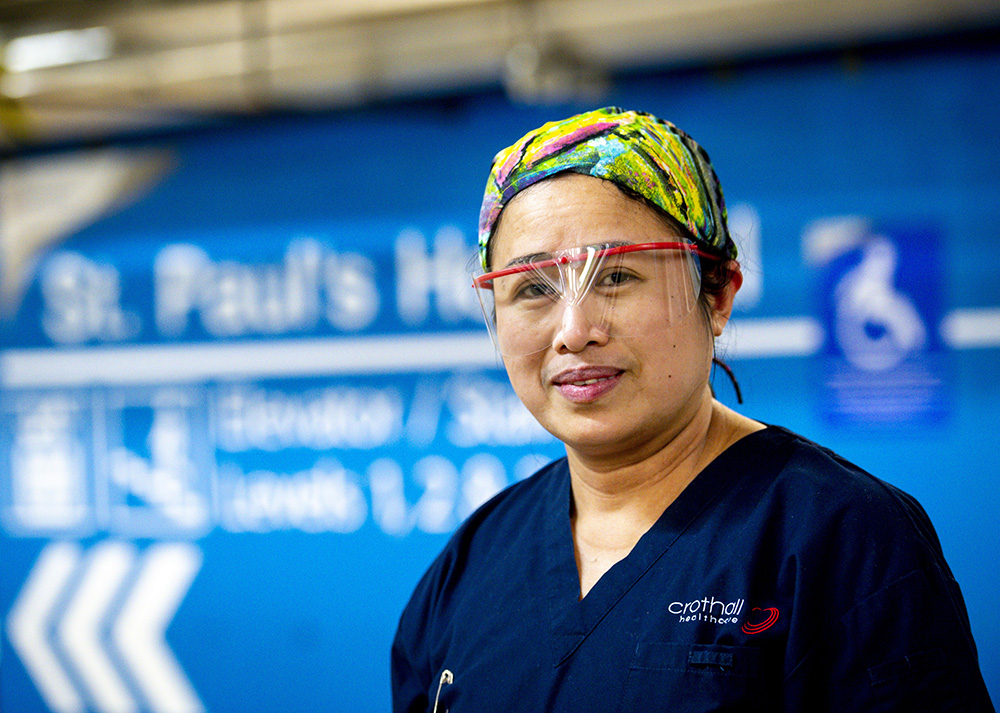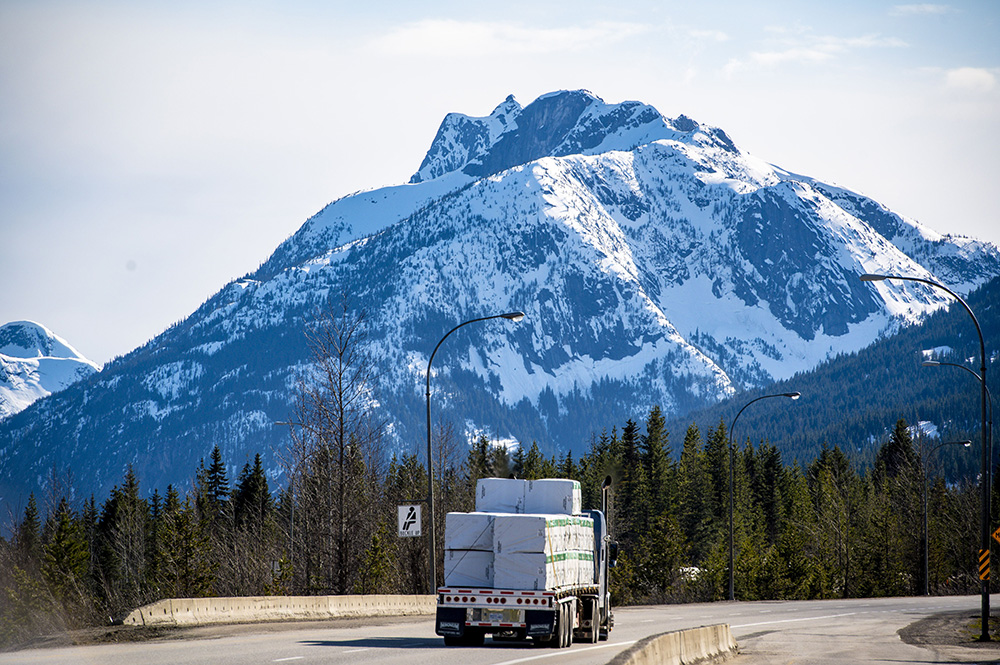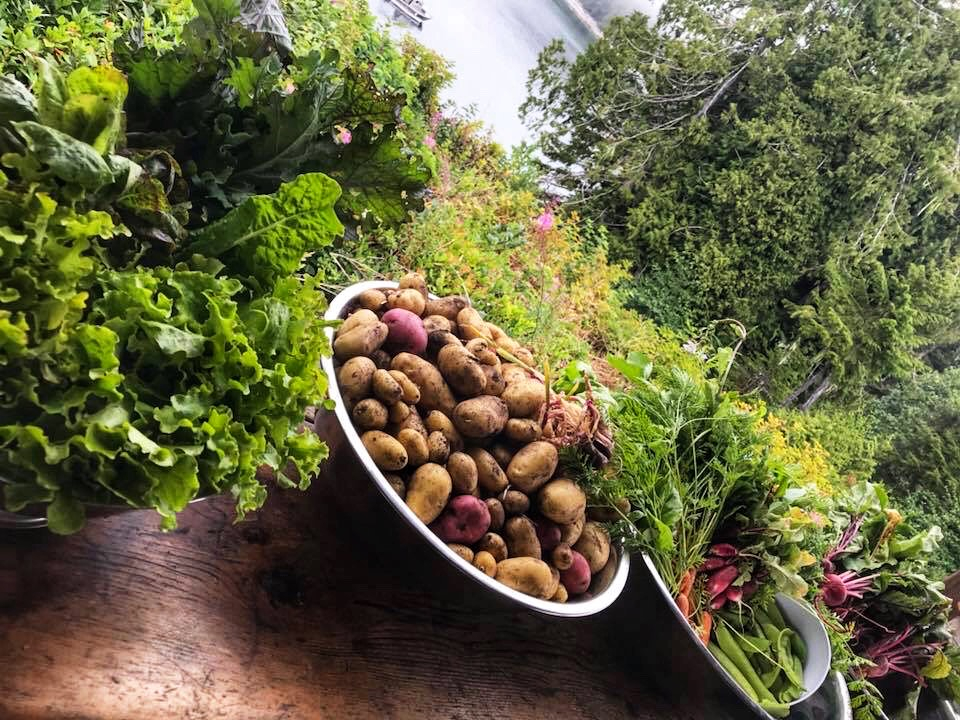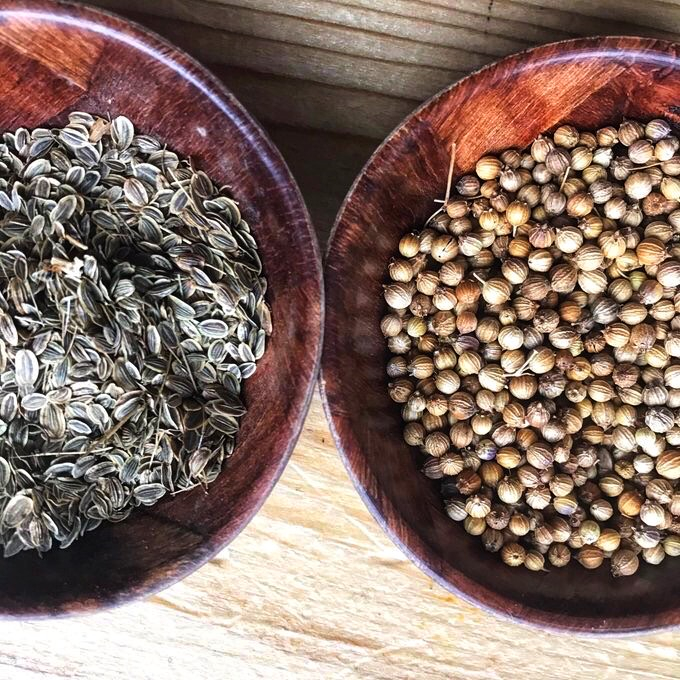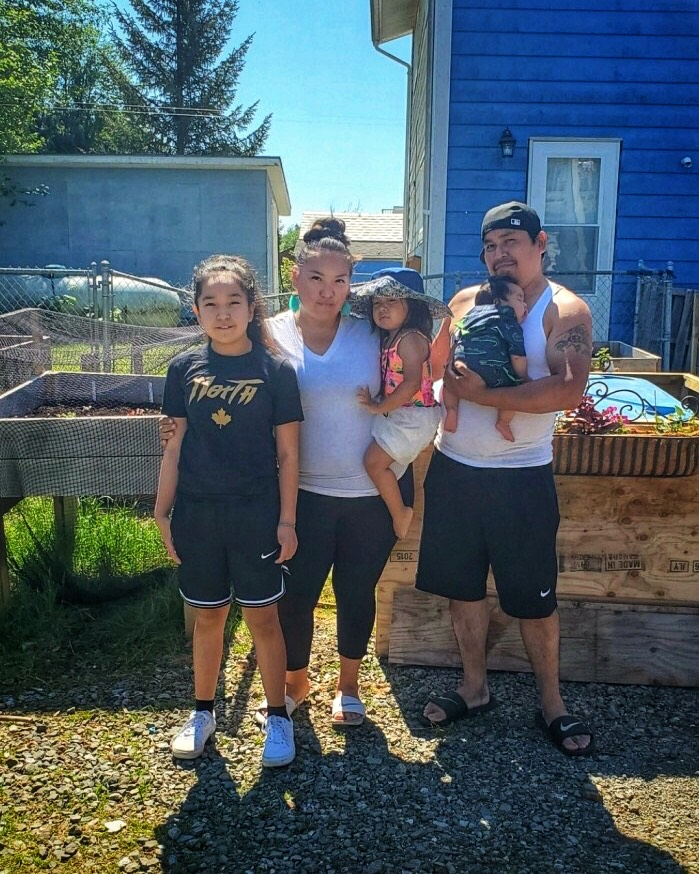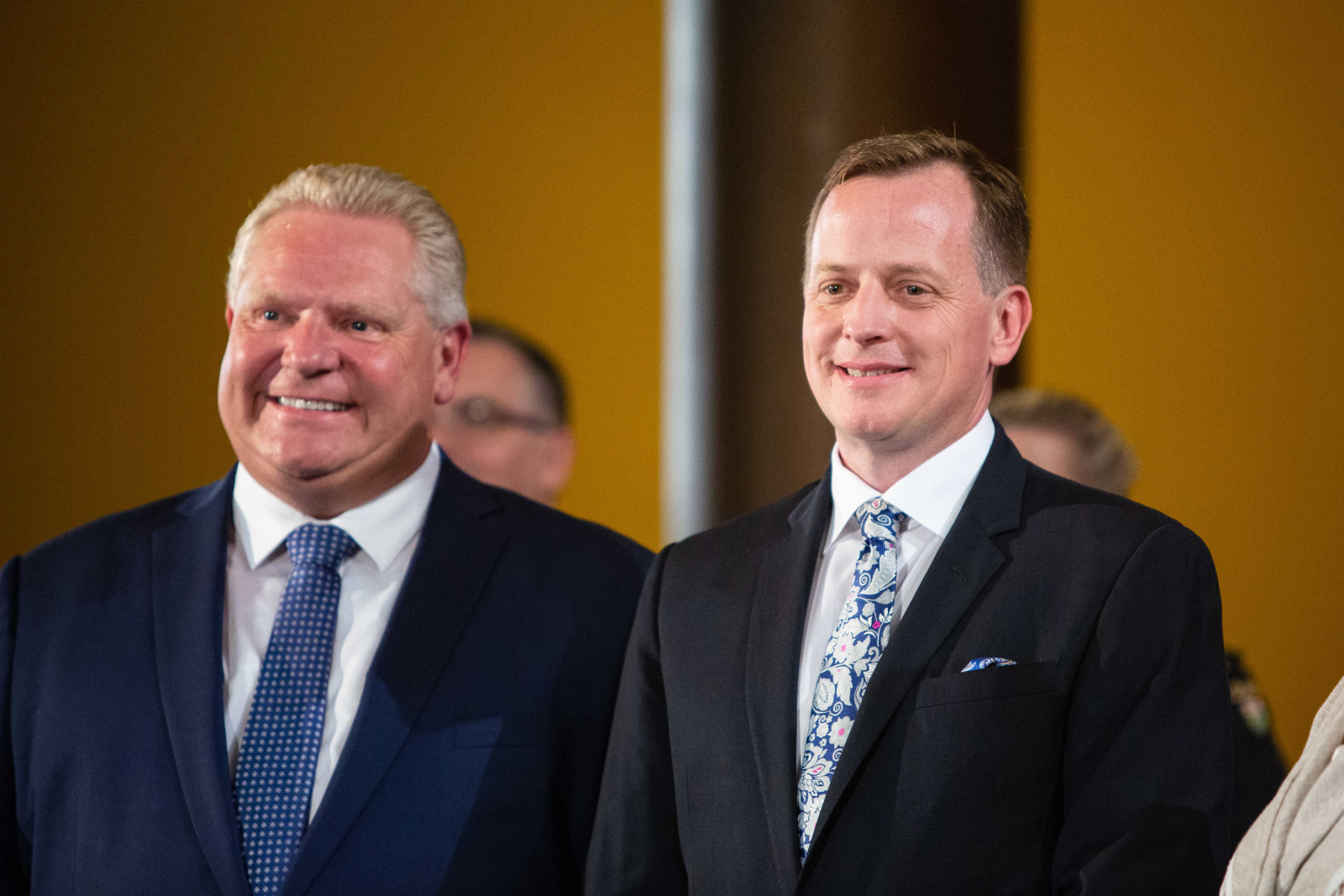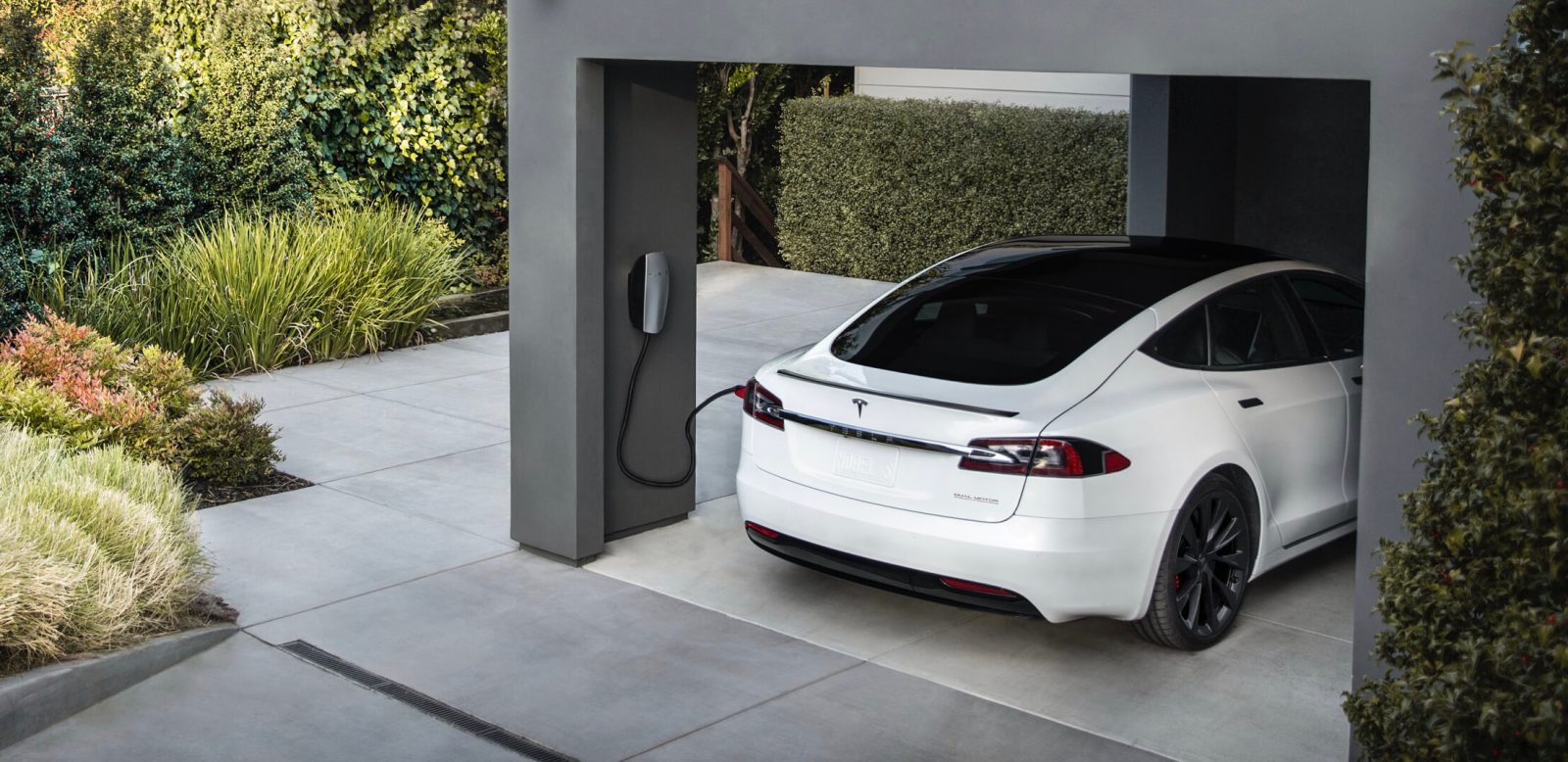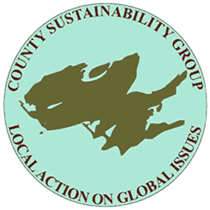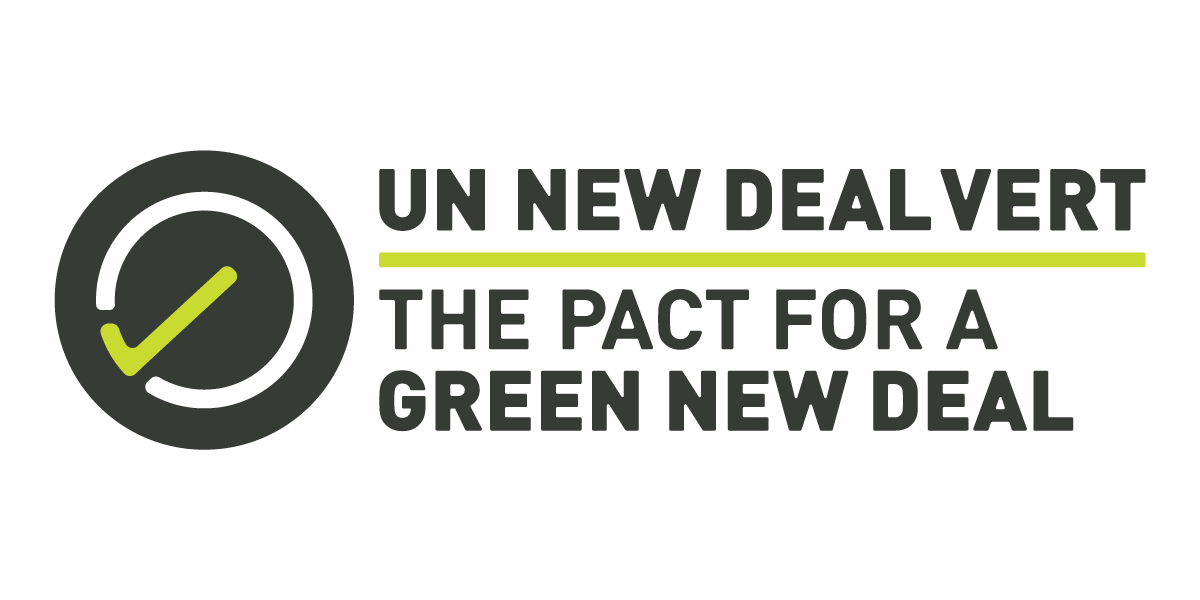TVO.org speaks with Indigenous Services Minister Marc Miller about why it’s challenging to gather COVID-19 data on Indigenous populations — and where the federal government has room for improvement

Minister of Indigenous Services Marc Miller speaks at news conference on Parliament Hill on April 30. (Sean Kilpatrick/CP)
On May 9, Indigenous Services Minister Marc Miller told reporters that his department’s data-collection capabilities were “limited” and announced $250,000 in funding to support the collection of data on Indigenous populations and an analysis of gaps that currently exist in its collection. While ISC is reporting COVID-19 numbers on-reserve — according to numbers from May 15, there are 190 cases, 19 hospitalizations, and three deaths — the number of cases off-reserve are unknown.
A report from the Yellowhead Institute estimates that there are 465 cases and have been seven deaths. “There is no agency or organization in Canada reliably recording and releasing COVID-19 data that indicates whether or not a person is Indigenous,” writes Courtney Skye, author of the report. “And since very few First Nations actually have local control over the delivery of public health, the majority rely on provincial public health services, regardless of whether or not they live on-reserve.”
Following Miller’s announcement, TVO.org spoke with the minister about how ISC is working to improve its data collection.
TVO.org: When did problems related to data collection emerge within ISC?
Marc Miller: We had a sense going into this that there were certain things that Indigenous Services Canada could do and couldn’t do. Right away, I think everyone acknowledged that there would be challenges gathering data for Métis, in particular, because we know that documentation of who is Métis and who is not is a challenge. It is certainly obvious when you look at La Loche [Saskatchewan], for example. I think what became obviously and painfully clear is, when people are focused on the current outbreak in La Loche, which is 90 per cent Indigenous, and the surrounding First Nations, we saw a difference in the numbers because we would get the First Nations on-reserve numbers, and they were a tenth of what the La Loche numbers are.
And they were like, “Hey, the numbers getting reported do not identify this population as Indigenous, whereas we all know it’s 90 plus per cent Indigenous.” So we knew it was something that was looming and became pretty obvious as the spread in La Loche occurred.
TVO.org: What are the challenges in collecting this data?
Miller: It’s a number of overlapping issues. Within the Indigenous space, there’s an extra layer when trying to get a good sense of Indigenous peoples that have contracted COVID on — let’s use the words-on and off-reserve, even though you know better than I do that it’s a gross mischaracterization. Indigenous Service Canada runs the First Nations Inuit Health Branch, which largely operates care on-reserve and, through the territories, provides services and support in the territories. It is layered on top of a complex health system in Canada that is generally run by all run by the provinces and the territories.
So, when an epidemic like this hits, everyone is rushing in real time to make sure people stay safe and that they’re following all the proper indications. Data at the very outset was very much a secondary concern to saving lives. But data is important for us for a number of reasons. One, because we know the historical social determinants of health that have created the comorbidity rates that are much higher in Indigenous communities than they are in non-Indigenous communities and create disproportionately negative health outcome for Indigenous peoples — it’s a whole reflection of the historical inequality and inequity.
So, when a pandemic hits, if you can’t measure that impact, if you can’t tangibly assess how to best address and fund resources in real time, you find yourself at an operational disadvantage. And then, in the long term, good data gives us a good appreciation of good public-health policy.
TVO.org: Where are the biggest gaps, currently, in ISC’s data collection?
Miller: What we do at Indigenous Service Canada is track the number of Indigenous cases that we have a real 100 per cent control of, which is testing on-reserve numbers. The one we don’t have a good grip on would be the urban Indigenous population, which, as you know, is 50 per cent of the Indigenous population. And that’s entirely within the purview of the provinces. There are ways to tease out that data and work from a scientific perspective to get a real sense and a grip on things. So it isn’t insurmountable, but you’re going from a starting point that is imperfect, and we have to acknowledge that imperfection
TVO.org: One of the biggest challenges you have, more or less, pointed out is that it’s the provinces and territories that are collecting data. How, exactly, is ISC working with the provinces and territories to get this Indigenous data collected?
Miller: On the Canada level, all the chief medical officers are linked, and they have meetings very, very often. It’s very difficult for us, as the federal government, to order provinces or territories to follow every single point that we would want. But everyone’s on the same page, so it’s a question of just communicating and ensuring that we are seamless in our approach. There are different protocols in different provinces. Each province is interested in figuring out the health of their residents. But aggregating it and putting it together, getting trends together, is something that is very much a collaborative approach that we have to keep working at in time.
TVO.org: In your announcement Saturday, you mentioned that ISC is providing $250,000 in funding to Janet Smylie, at St. Michael’s Hospital in Toronto, to conduct research on how the urban Indigenous population in Ontario is being affected by COVID-19. What about Smylie’s work got ISC’s attention?
Miller: Well, she’s on the ground in Toronto, particularly within the urban space. But she has a long, long history of publications and works that are in that space. It really is something that we wouldn’t have in-house, nor would necessarily be appropriate for us to study in-house, because we want to get the accurate data, whether it is good news or bad news. Her work is well-known in the field, and, whatever conclusion she comes to or whatever data points that she’s able to access, is more than desirable.
TVO.org: It’s interesting to me that it’s an Indigenous-led health-data-collection project. What is it that Smylie and her team can do that ISC or the federal government may not be able to?
Miller: It further underscores the importance of First Nations-controlled and -led health care, including any of the epidemiological analyses, the triage, the data. We do collect it, but having someone who is that third party and has a quasi audit function is very helpful, as well, and does stuff that, frankly, we do not do in that space — which is collect, collate, and analyze and do trends in the urban space.
TVO.org: Something interesting that came to my attention in Ontario was Aboriginal Health Access Centres. The one in London actually just started offering COVID-19 testing for its clients. Do you see these kinds of urban Indigenous health organizations playing a large role in collecting data
Miller: Absolutely. They know their clientele better than we do. There are always challenges in financing them. I suspect you’ll want to know about some of the urban Indigenous financing, which, so far, has fallen short, but it is definitely something that is important and important to get out as we intensify testing and people feel safer showing up at one of these locations.
TVO.org: Of the $305 million that was invested by ISC, $15 million went to urban Indigenous organizations. You’ve said that the funding there had fallen short. Can you elaborate on that?
Miller: Our effort at the very beginning was that we were ensuring that communities had funds necessary to buy essential things, provide for security as they close communities, get funding in the community as quickly as possible. The feeling was to reserve an amount for the urban Indigenous population. Typically, these service organizations haven’t had as extensive a relationship with Indigenous Services Canada. We came up with 94 organizations, including the National Friendship Centre, that we tried to get money out to as quickly as possible. But we saw a massive oversubscription for projects that just weren’t appropriate for COVID; some of them very much were, and we’re still in the process of trying to secure additional funding.
We also realized there were some applications that were best addressed through the shelter envelopes that Minister of International Development [Maryam] Monsef and Minister [of Agriculture Marie-Claude] Bibeau for some of the food-related needs and the reaching-home initiatives. It’s sort of a wide spectrum across the federal government, and, also, as you know, a provincial area of funding, as well. We got the money that we could out the door. In any of these funding formulas, there’s a bit of art and science. But we obviously acknowledge the need to get more of it out.
TVO.org: When you have a clearer picture of how the off-reserve population has been affected, do you see more funding going to COVID testing and treatment?
Miller: Other than the initiatives you mentioned, and through the various health services and the provinces as well as the on-reserve stuff, I have — and correct me if I’m wrong — yet to see an urban, mobile option solely for Indigenous peoples. We wouldn’t be averse to those initiatives. There’s a discussion with the provinces as to the actual provision of the health care in the urban setting. We need to discuss it. Were we to secure more funds, this would not be something that would be ineligible. SOURCE


